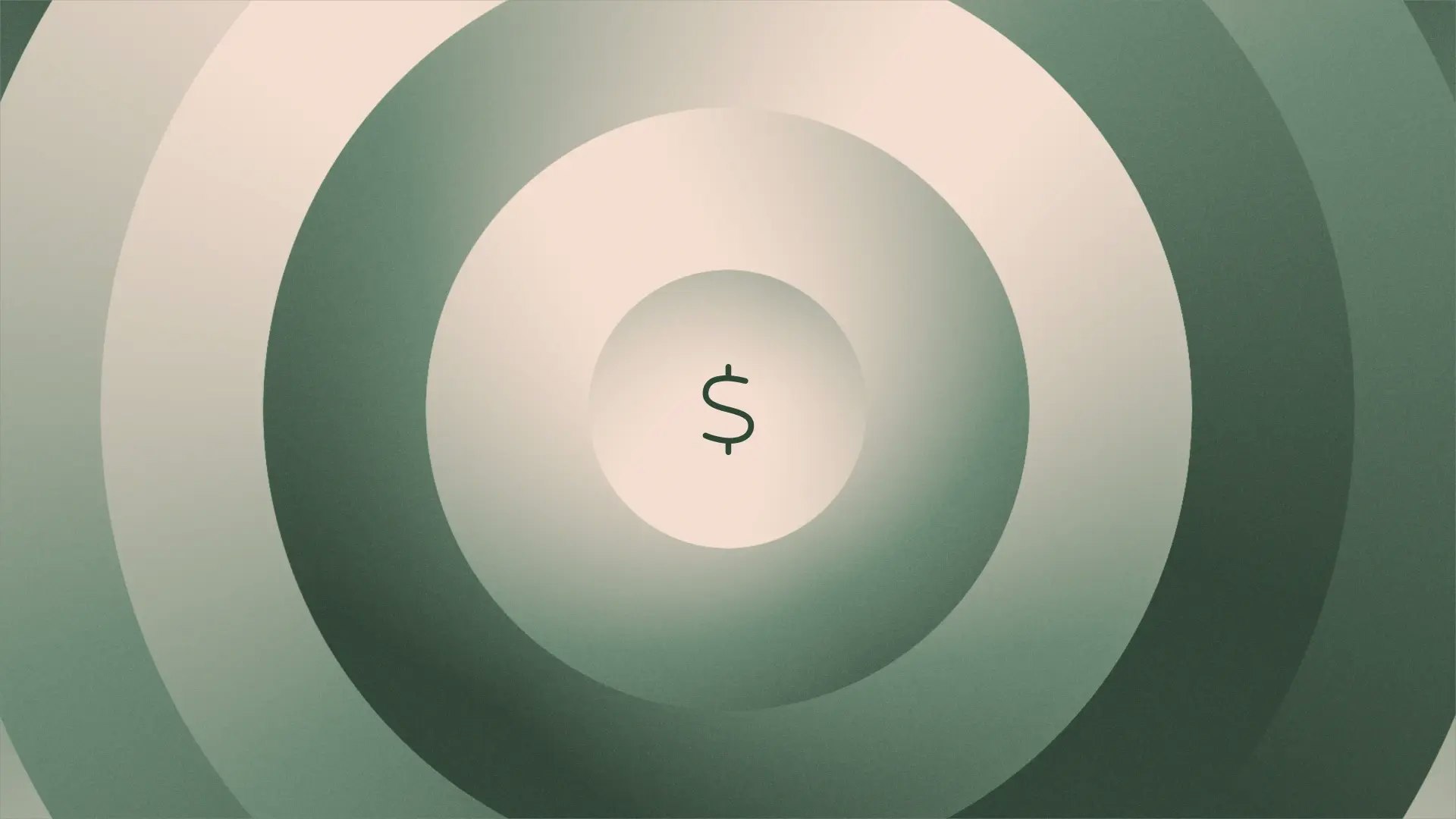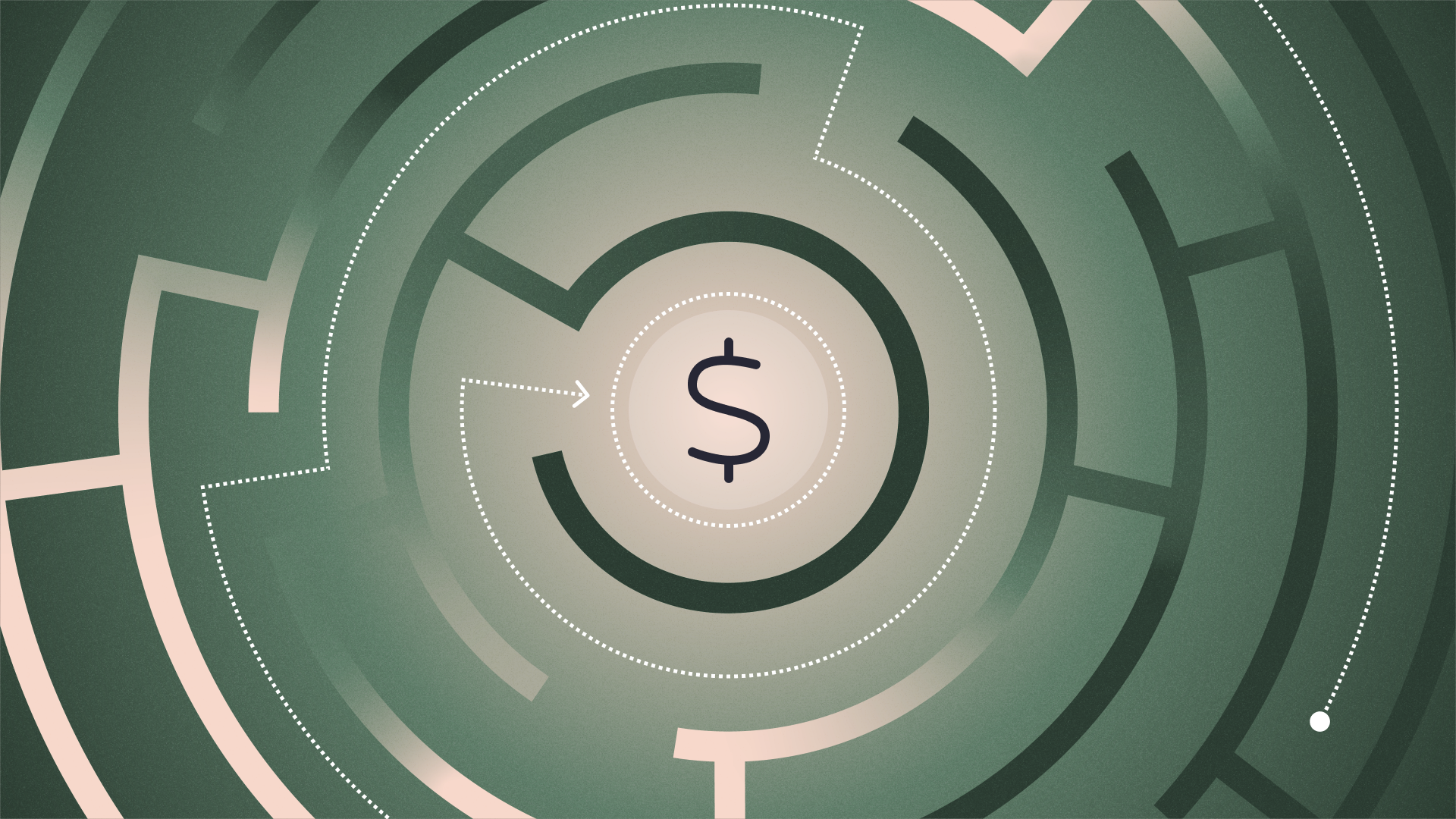Understanding the different types of SaaS churn

There are a million different things for a founder to think about on the way to building a successful business: product-market fit, fundraising, and top-line key performance indicators (KPIs) among them.
As far as metrics go, churn rate is one that needs constant attention — especially if you run a subscription-based or recurring-revenue business. High churn rate isn't a death sentence for a startup, but it certainly warrants scrutiny of what's driving customers away before your revenue drops. Understanding churn rate goes a long way toward building and maintaining a customer base, as it provides measurable ways to gauge user retention and income.
What is churn rate?
A key metric in subscription-based businesses, churn rate measures the number of customers a business loses in a given period of time. This matters particularly for SaaS companies, as a high churn rate can indicate dissatisfied customers or a need to reassess the needs of your target customer. Churn rate also has a direct impact on revenue numbers (e.g., monthly recurring revenue or annual recurring revenue) and a spike in churn will correspond to a drop in revenue.
When combined with new customer acquisition metrics, churn rate signals if your customer base is growing or shrinking and allows you to forecast whether that base will continue to grow or shrink. In a way, churn rate is one of the primary ways to gauge whether your business is healthy or not.
What are the different types of churn in SaaS?
Churn rate isn't just one simple metric when it comes to SaaS. In fact, there are several different types of SaaS churn, and each tells a different story. Understanding those stories is essential to building and maintaining a healthy revenue stream, and SaaS companies go to great lengths to minimize churn through product improvements, better payment systems, and overall enhanced user satisfaction.
Here’s a look at two of the main types of churn that you might encounter as a SaaS company:
User churn
User churn refers to the rate at which users stop using a service or cancel subscriptions in a defined period of time, denoted as a percentage of total users. A high user churn rate is a warning sign that customers are dissatisfied with a service or price, or that a competitor is better serving user needs. User churn is calculated by dividing the lost customers over a given period of time by the number of customers you had at the start of that period.
Let's say your company had 1,000 annual subscribers last year. If 100 customers decide not to renew their subscriptions this year, your churn calculation will be 100/1000 — i.e., a churn rate of 10%.
Revenue churn
Revenue churn is a different kind of problem. It refers to the percentage of recurring revenue lost within a defined period of time, brought about by downgrades, cancellations or reductions in subscription value of existing customers. This is often a more useful metric than user churn for companies with tiered pricing or multiple different subscription models. When an existing customer opts for a lower-value subscription or uses less of a service, that becomes a revenue loss.
For example, a streaming service offers three tiers of service:
- Ad-supported: $5.99 per month for one device
- Ad-free: $14.99 per month for one device
- Ultimate ad-free: $19.99 per month for multiple devices
In this scenario, a customer who previously subscribed to the ultimate plan and downgrades to the ad-free plan represents a loss of $5 per month. An ultimate subscriber who downgrades to ad-supported represents a loss of $14 per month. Either of those losses would factor into revenue churn.
What is gross churn versus net churn?
The different types of churn mentioned above tell a particular story about your business — as does the way that you report on churn. Here, there are again two possible ways to look at your churn metrics:
Gross churn
In the context of SaaS, gross churn refers to the percentage of recurring revenue lost from current customers from cancellations, downgrades, or changes in service during a defined period. This impact on revenue does not factor in any revenue gains from upgrades, expansion, or cross-selling in that defined period. The formula for gross churn is:
Gross churn = (Lost revenue from churned customers / Total revenue at the start of the period)
Let's say your company had $500,000 MRR at the start of June, $425,000 MRR at the end of June, and $100,000 in upgrades of existing customers. Your gross churn formula would look like this:
Gross churn = ($500,000 - $425,000) / $500,000
Your gross churn would be 15%. Note that the $100,000 in upgrades does not factor in.
Gross churn gives a big-picture look at the income lost from customer departures and downgrades, which helps a SaaS company gauge its recurring revenue.
Net Churn
Net churn differs from gross churn in that it factors in revenue gained from existing customer upgrades or new customers added. That formula looks like this:
Net churn = (Lost revenue from churned customers − Gained revenue from existing customers) / Total revenue at the start of the period
Using the same numbers from the gross churn example, your company had $500,000 MRR at the start of June, $425,000 MRR at the end of June, and $100,000 in upgrades of existing customers. Your net churn would look like this:
Net churn = ([$500,000 - $425,000] - $100,000) / $500,000 x 100
Your net churn would be -5%. In this case, a negative number is good, as it denotes that you've added 5% MRR.
What is a healthy SaaS churn rate?
According to HubSpot, a healthy churn rate for SaaS companies is between 2% and 8%. Some churn is almost unavoidable, but aiming for lower churn should be your goal.
Of course, SaaS churn rates will vary depending on the industry, business model, and growth stage of a company. An early-stage startup might experience higher churn as it zeros in on product-market fit. Likewise, an enterprise-level SaaS business may have higher churn rates baked in because of longer sales cycles and more stringent customer requirements.
To cite concrete figures: A recent Stripe post cited average SaaS churn rates between 5% and 7% — markedly lower than the 20% to 30% seen in media and entertainment, for example. The piece also makes the important distinction that some churn might be seasonal or involuntary, for example, and factors liket his will all impact the benchmarks that correspond to certain industries. So it’s important to take benchmarks with a grain of salt — reference them to do a bit of levelsetting, but ideally pay closer attention to how your company is tracking and what the story behind the metric is telling you. That’s where the actionable learnings will be.
What are the biggest causes of SaaS churn?
A wide variety of factors can influence SaaS churn, but it's important to identify the underlying causes to allow for pre-emptive retention strategies. Those factors include, but aren't limited to:
- Inadequate onboarding
- Lack of customer support
- Billing and pricing issues
- Contractual and commitment issues
- Competitive alternatives
- Changes in business needs
- Scepticism regarding ROI
- Lack of updates or innovation
Regularly reviewing customer feedback and usage patterns, or tapping into customer support tickets for meaningful insights, can help identify pain points that may be the cause of increased churn.
Ways to improve SaaS churn rate
SaaS companies have a variety of strategies at their disposal to prevent or reduce churn rates. Those strategies include a mix of customer support, product updates and pricing offers, just to name a few. Some ideas that help reduce SaaS churn:
- Deliver outstanding customer support
- Enhance the product or service
- Incentivize longer commitments with discounts
- Create personalized customer journeys
- Conduct surveys to gather feedback
- Facilitate automatic billing
- Send reminders for timely payments
- Accept a wide range of payment methods
Keeping users engaged and satisfied is one part of the puzzle, but that can often be the hardest part to solve. Sometimes, reducing churn is even simpler. For example, if expired credit cards are causing a problem with automatic billing, implementing a system to detect expiration dates in advance will allow you to flag that with the customer.
Churn rate is one of the most important metrics for a startup to monitor throughout its life. It can be a clear indicator of whether customers are satisfied and find your product worth keeping, and it informs your company's financial outlook. There are always improvements to be made in minimizing churn rate — and if you know what to look for, you can implement sound strategies to do just that.
Related reads

How much should a small business spend on marketing?

You hit $10K MRR. Now what? A 6-month roadmap for SaaS founders

Move fast and build trust: Anarghya Vardhana’s tips for early-stage startups
